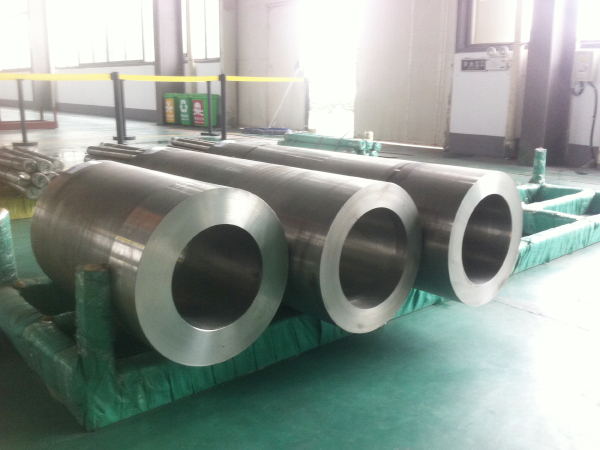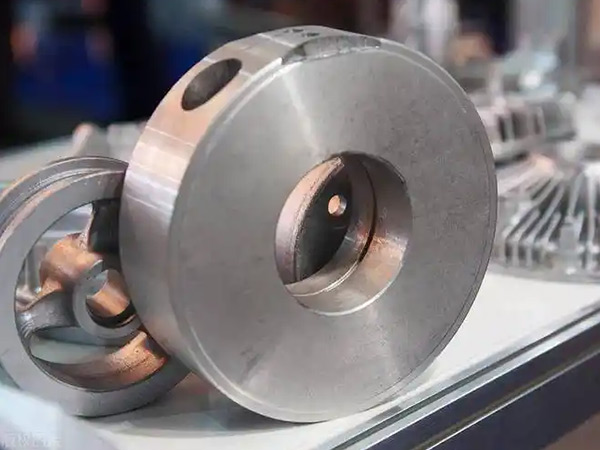In recent years, industries worldwide have shown growing interest in nickel-based corrosion-resistant solutions. These materials are widely recognized for their durability and performance in harsh environments. This article examines the factors driving demand, key industries adopting these solutions, and future market trends.

Factors Driving Demand
Industrial Expansion in Harsh Environments
Industries such as oil and gas, chemical processing, and marine engineering require materials that can withstand extreme conditions. Nickel-based alloys offer strong resistance to corrosion, oxidation, and high temperatures, making them a preferred choice.
Advancements in Manufacturing Technology
Improvements in metallurgy and alloy production have enhanced the performance of nickel-based solutions. This has expanded their applications in sectors like aerospace, power generation, and medical devices.
Long-Term Cost Efficiency
While initial costs may be higher than conventional materials, nickel-based alloys often provide longer service life with reduced maintenance needs. This cost-effectiveness contributes to their increasing adoption.
Key Industries Adopting Nickel-Based Solutions
Oil & Gas: Used in pipelines, valves, and offshore platforms to resist sour gas and seawater corrosion.
Chemical Processing: Essential for reactors, heat exchangers, and storage tanks handling aggressive chemicals.
Power Generation: Applied in turbine blades and nuclear reactor components due to high-temperature stability.
Aerospace & Defense: Critical for jet engines and structural components exposed to extreme stress and corrosion.
Future Market Trends
The market for nickel-based corrosion-resistant solutions is expected to grow steadily. Emerging economies investing in infrastructure and energy projects will likely contribute to increased demand. Additionally, ongoing research into new alloy compositions could further enhance material performance.

Conclusion
Global demand for nickel-based corrosion-resistant solutions continues to rise, driven by industrial needs, technological advancements, and long-term economic benefits. As industries evolve, these materials will remain vital for applications requiring durability and reliability.